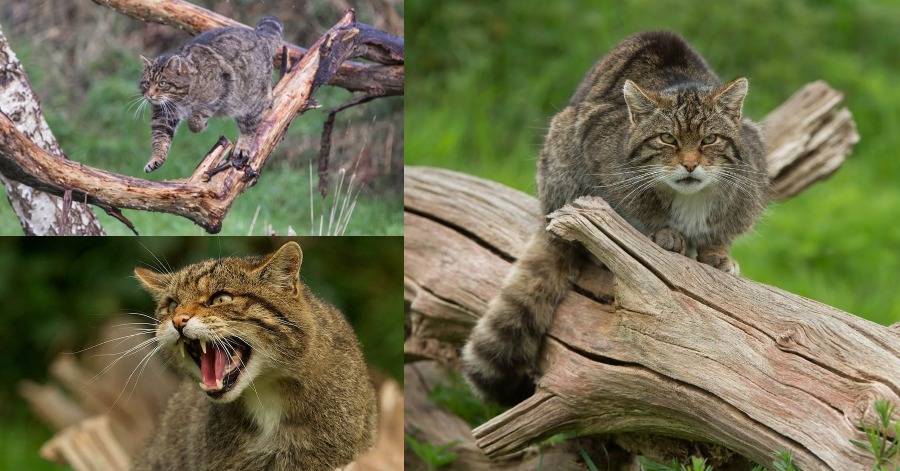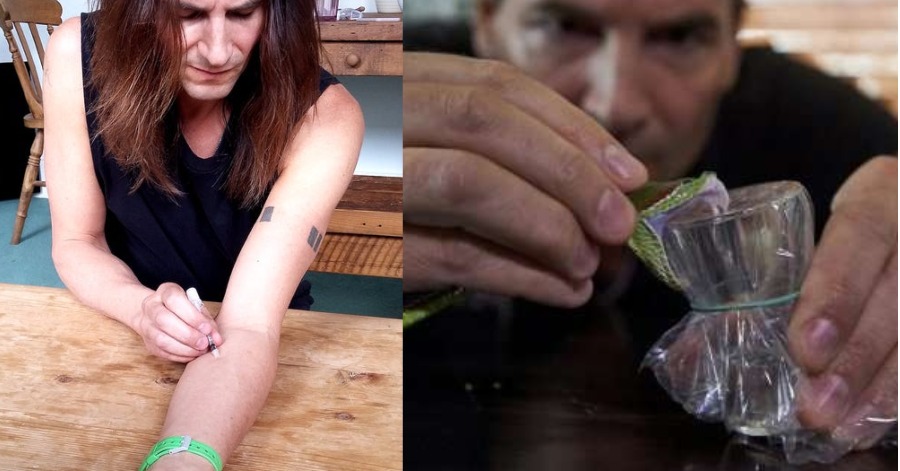The Scottish Wildcat is actually a European wildcat population in Scotland. It is estimated to comprise between 1,000 and 4,000 individuals, of which about 400 cats are thought to meet the morphological and genetic criteria of a wildcat. The Scottish wildcat was once widely distributed across Great Britain, but the population has declined drastically since the turn of the 20th century due to habitat loss and persecution.
It is now limited to northern and eastern Scotland. It is listed as Critically Endangered in the United Kingdom, and is primarily threatened by hybridization with domestic cats. Camera-trapping surveys carried out in the Scottish Highlands between 2010 and 2013 revealed that wildcats live foremost in mixed woodland, whereas feral and domestic cats were photographed mostly in grasslands.
They are the largest of the wildcat family and can be double the size of a domestic pet cat and infinitely more ferocious. The fur of the Scottish wildcat is a great deal thicker than that of a domestic cat. It displays very distinctive solid black and brown stripes. Spots, broken stripes, or white fur are all indications of hybridization with domestic cats. Another notable feature is their thick banded tail, perfectly ringed with no dorsal stripe running off of the spine.
Imperfect rings or dorsal markings are further signs of hybridization. Like all cats, they have superb hearing, retractable claws, exceptional night vision, and a powerful body conducive to sprinting and pouncing. Scottish Wildcats epitomize the solitary, independent super-predator and the mysterious and wild spirit of the Highlands in a way that no other animal can.
Wildcats live until around 7 years of age in the wild, and up to 15 years old in captivity. Predators such as eagles and foxes are a threat to unguarded kittens but will avoid confrontations with adult cats. In the wild, a wildcat may sustain injuries that prevent it from hunting. Humans cause injury and death via shooting, snaring, and road kills. There are no reliable statistics on the most common causes of death.
The shape of the mouth is an important consideration when trying to identify a Scottish wildcat. In short, the Scottish wildcat has an enormous jaw. The rest of the wildcat’s bone structure is just a little bit bigger than that of a domestic cat, but the jaw is relatively huge. Long canines are located in front of a spine-sized gap which enables a firm grip and quick kill of prey. Their back teeth cross over each other closely like scissors. This enables them to chew through raw meat.
Sources: YouTube Animalogic, Highland Wildlife Park.




Leave a Comment